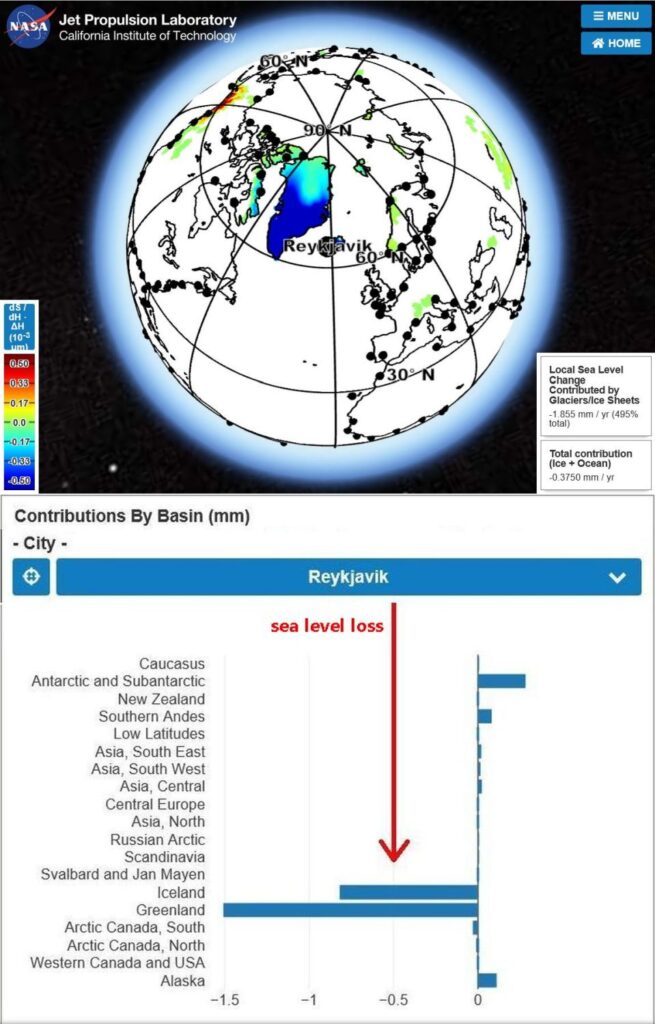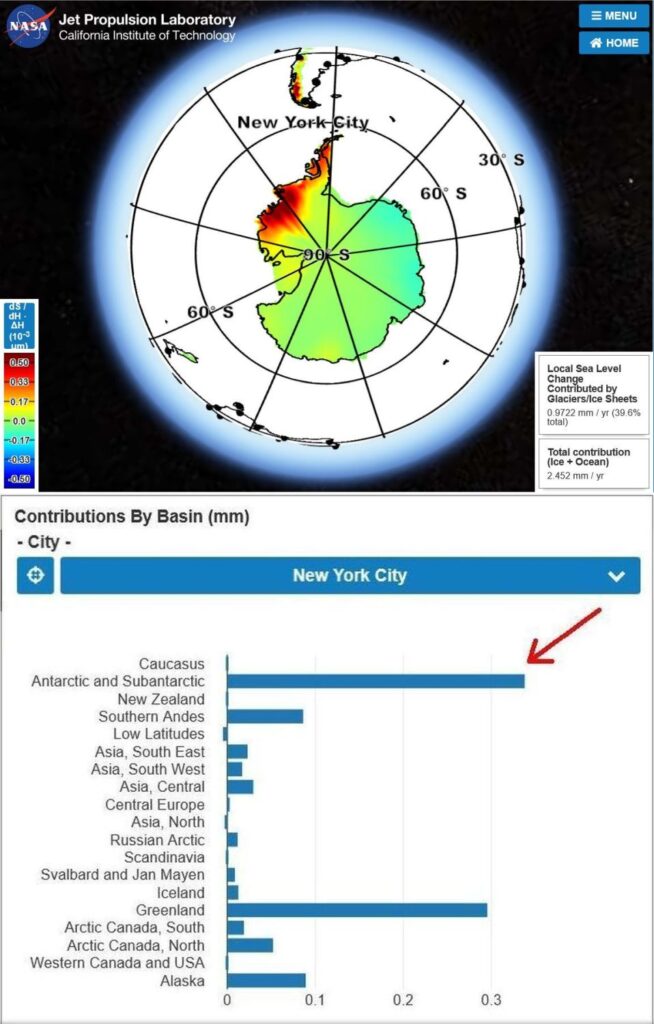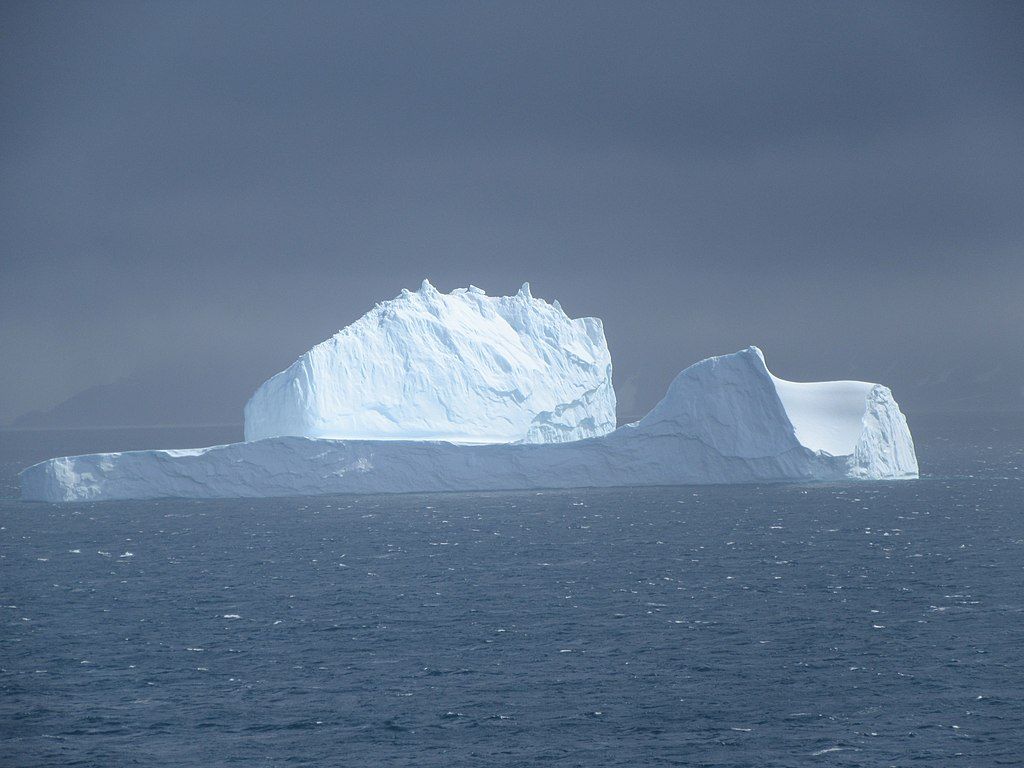
15 August 2022
The ice on Antarctica is a dynamic system that gains 2000 cubic kilometers of ice per year from precipitation and loses it to melting and icebergs. Unfortunately the continent is losing more ice than it gains. This month two new studies from NASA JPL revealed that the ice is disappearing twice as fast as previously estimated.
Researchers found that the edge of the Antarctic ice sheet has been shedding icebergs faster than the ice can be replaced, doubling previous estimates of ice loss from Antarctic’s floating ice shelves. Ice loss from calving has weakened the ice shelves and allowed Antarctic glaciers to flow more rapidly to the ocean, accelerating the rate of global sea level rise. …
In fact, the findings suggest that greater losses can be expected: Antarctica’s largest ice shelves all appear to be headed for major calving events in the next 10 to 20 years.
— NASA Studies find previously unknown loss of Antarctic ice sheet
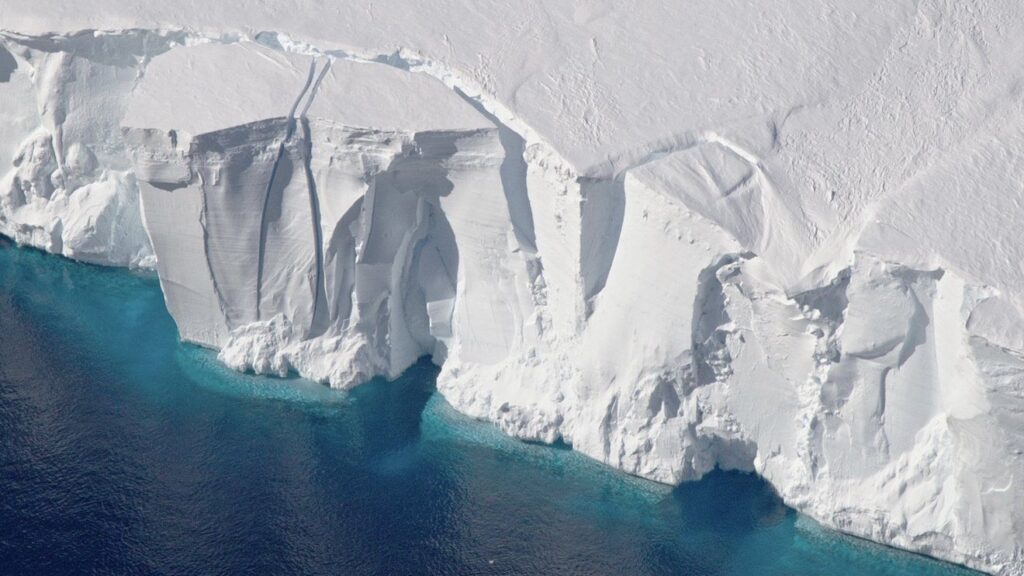
In the interior of the continent ice loss is much harder to see as melt water seeps through the ice into lakes and streams beneath, then to the sea. The only clue to this melt is that the glaciers lose altitude.
To measure this ice loss NASA analyzed data gathered by satellites passing over Antarctica from 1985 to 2020. The illustration below shows a pass made by the ICESat-1 satellite whose mission ended in 2010.
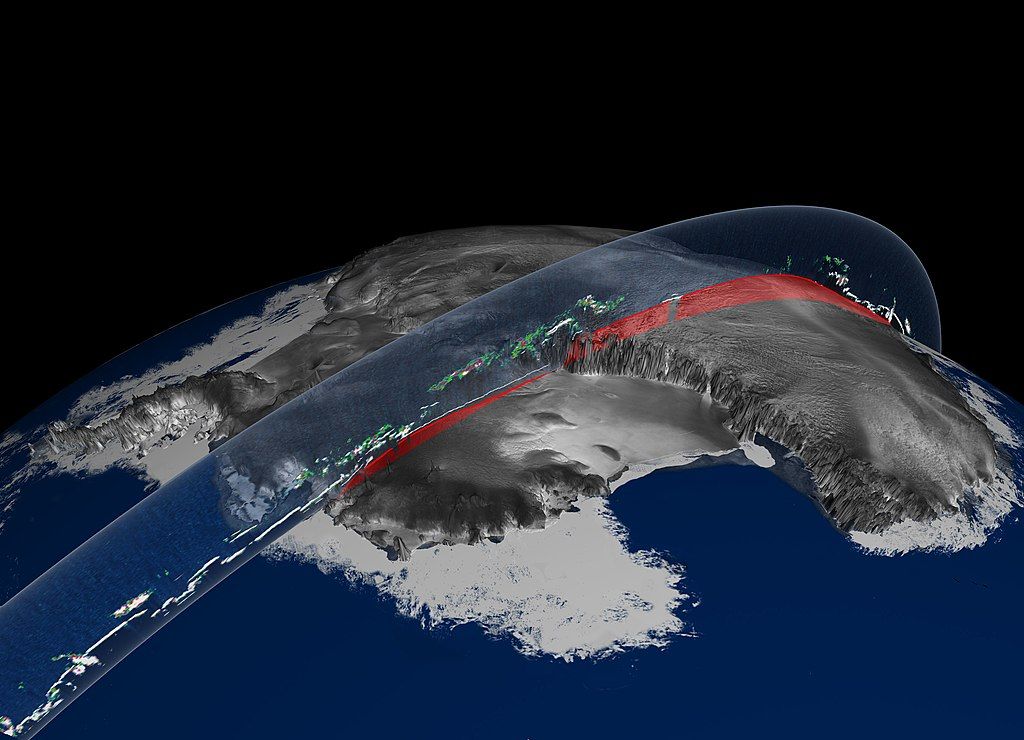
NASA’s map of the elevation changes shows that a few places gained elevation (blue) but more of them lost. The worst melting was in the red zones.
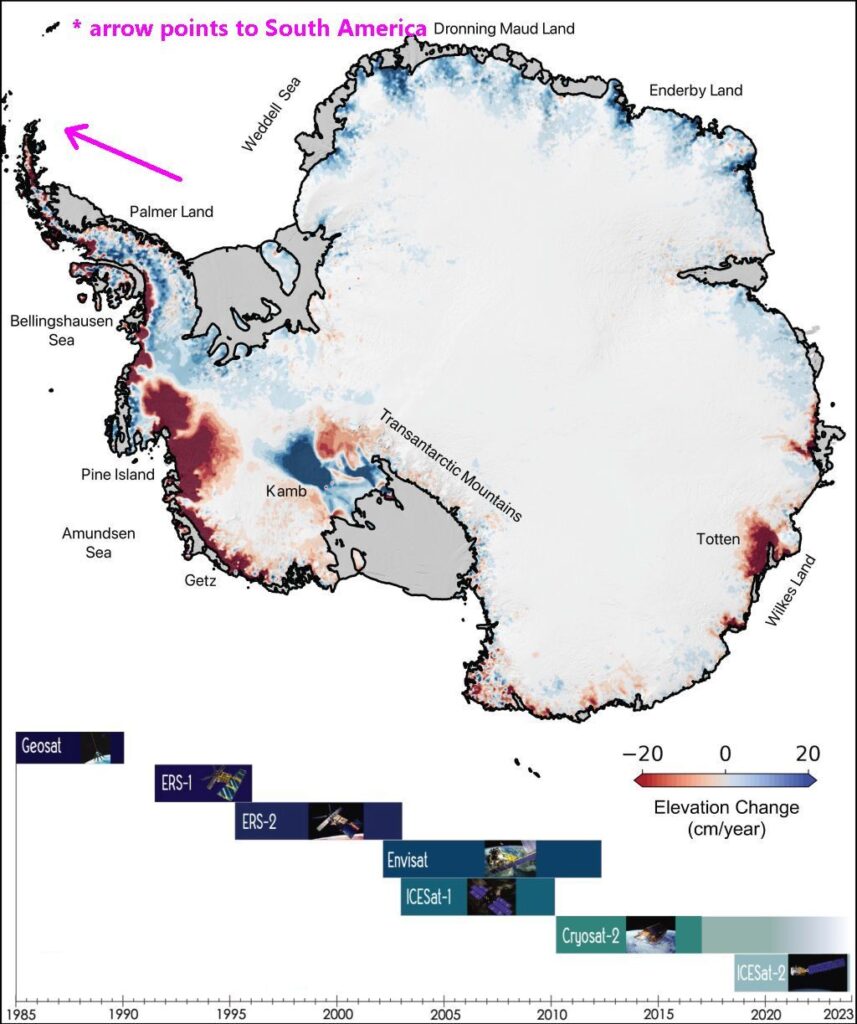
Why does this matter?
As the glaciers melt on Antarctica and Greenland their water raises sea level around the world, but the rise is not equal everywhere. Uneven gravitational forces cause tiny elevation changes in sea level, called sea level fingerprints, that peak in the tropics and have the deepest valleys near melting glaciers. Those few cities near melting glaciers will see a drop in sea level while those farthest away from glaciers will have the highest rise.
For instance Reykjavik, Iceland, which has melting glaciers of its own and is close to Greenland, will see a net loss of sea level (below).
Meanwhile New York City and London will see a big sea level rise because of Antarctica + Greenland. (For more information see Which Glaciers Will Flood Your City.)
To those far from Antarctica, it will be bad news that the ice is melting so fast.
See NASA’s Antarctica studies at NATURE: Antarctic calving loss rivals ice-shelf thinning and ESSD: Elevation change of the Antarctic ice sheet 1985-2020.
(icebergs and ICESat illustration from Wikimedia Commons. All other media from NASA. Click on the captions to see the originals)
